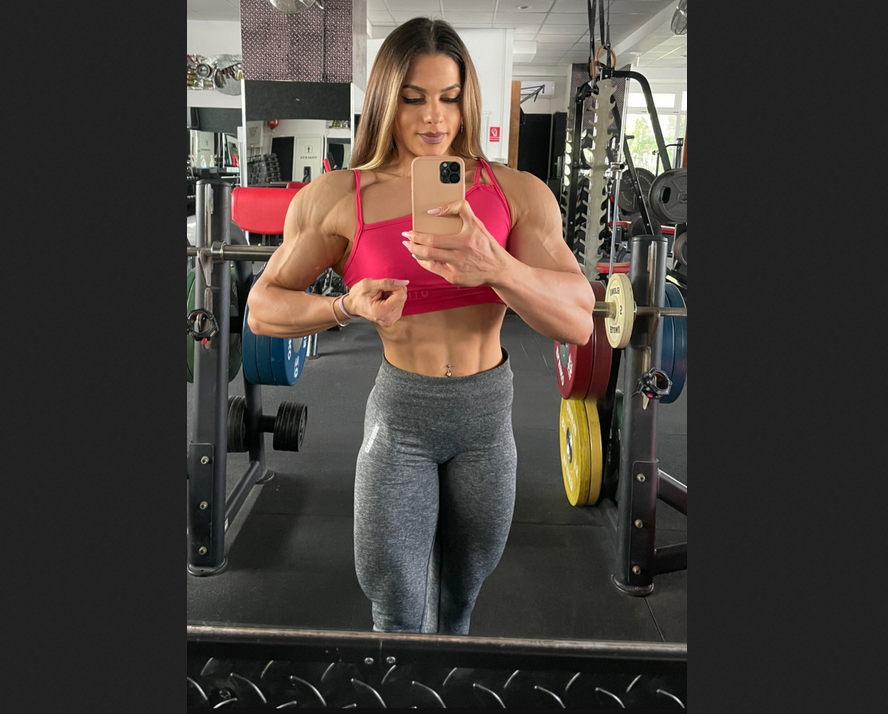A Muscle Gain Workout (Part 2) :
On the topic of a muscle gain workout and nutrition, if you want to
gain weight and muscle mass, you need to eat. And eat a lot. When you're
not lifting, you should be eating. But don't eat all crap. You need
healthy food to grow. I like to implement the 90/10 rule: that is, 90%
of the food you eat in the week is good, healthy food, while the other
10% is junk. This will help you keep your sanity and still yield
results. You're also going to want to eat a lot of carbohydrates. This
will refill your glycogen stores and give you energy for the next
workout. If you want to lose weight, you would obviously eat smaller
meals, spaced throughout the day, still meeting your protein goal, but
you would cut back on carbs. Eat them only pre and post-workout.
To
get through a muscle gain workout will require a lot of discipline,
dedication and hard work. You have to want to change your body. If you
just go in the gym and go through the motions, you might as well pick up
a box of Oreos on your way home and go to town. In fact, this is why I
don't really like the term "work out." I don't work out, I train. Every
workout is a mental and physical battle. Getting mentally prepared to do
my last set of squats is a workout in itself. You should be constantly
trying to better your lifts, going up in small increments each workout.
Muscles wont respond to the stimulus they responded to last week.
There
are many muscle gain workout training techniques, usually classified
into two categories: splits and full-body training routines. Split
routines entail training distinct muscle groups one day and another set
the other day (e.g. chest and triceps on Monday, back and biceps on
Wednesday, etc.). Full-body workouts, as the name suggests, entails
training the whole body as a unit. This type emphasizes big, compound
movements and lifts, such as the squat, bench press, deadlift, cleans,
and others. In my opinion, full-body routines are superior to splits
because I believe that the body is better trained as a unit, especially
if you are an athlete. However, I have seen many people achieve great
results with a split routine as well. Regardless of which workout
technique you use, don't let your workout run past 45 minutes, as the
body will enter a catabolic, or muscle-"eating", state.Adding new
exercises to your muscle gain workout is very important. Eventually,
your program will stop working, and your progress will stall. At this
point, you would do well to switch up exercises, rep schemes and workout
times (still adhering to the 45 minute rule). The body will not
continue to grow with the same stress being placed on it. If you lift a
box over your head over and over, you will eventually become proficient
at lifting the box over your head, and you may even be able to lift
heavier boxes over your head, but eventually you will hit a point where
you won't be able to lift anything heavier. It can be compared to the
law of diminishing returns in economics, which states that in a system
with fixed and variable inputs, there will be a point beyond which each
additional unit of input (doing the same exercises) yields smaller and
smaller increases in output (will eventually yield smaller strength
gains).






























No comments:
Post a Comment